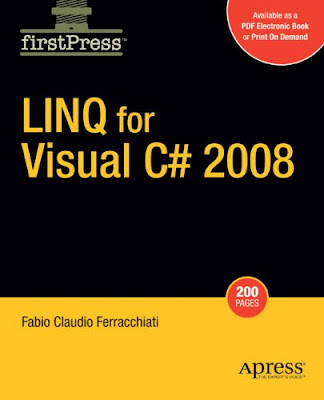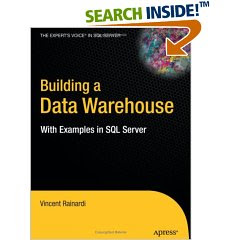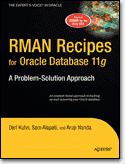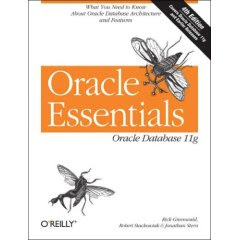
Product Description:
A Fully Integrated Study System for OCP Exam 1Z0-050
Prepare for the Oracle Certified Professional Oracle Database 11g New Features for Administrators exam with help from this exclusive Oracle Press guide. In each chapter, you'll find challenging exercises, practice questions, a two-minute drill, and a chapter summary to highlight what you've learned. This authoritative guide will help you pass the test, and serve as your essential on-the-job reference. Get complete coverage of all OCP objectives for exam 1Z0-050, including:
- Installation and upgrades
- Partitioning and storage
- Intelligent infrastructure
- Diagnostics and fault management
- Performance
- Oracle Recovery Manager and Oracle Flashback
- Security
- Oracle SQL Performance Analyzer
- SQL plan management
- Automatic SQL tuning
On the CD-ROM:
- One full practice exam that simulates the actual OCP exam
- Detailed answers and explanations
- Score report performance assessment tool
- Complete electronic book
- Bonus exam available free with online registration
DownloadHere































